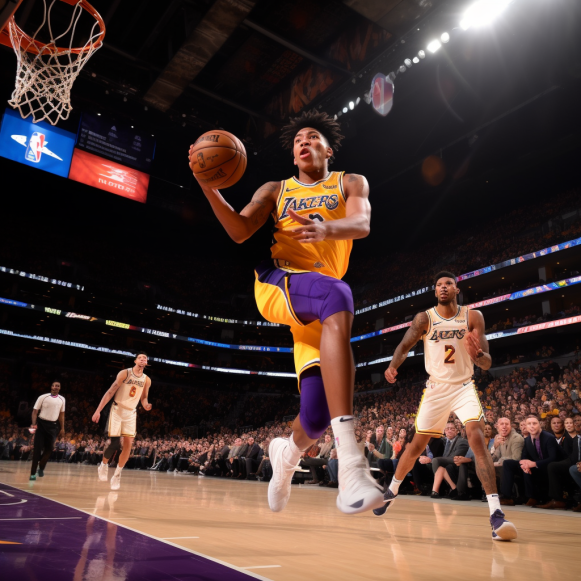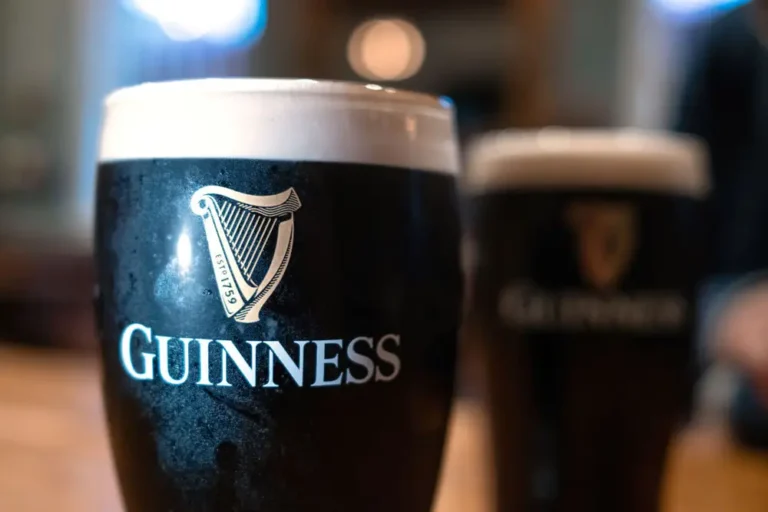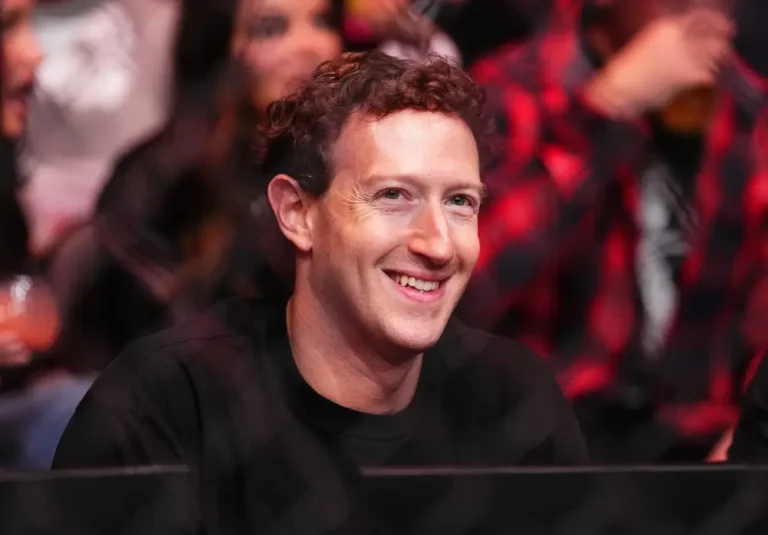The NBA is shooting for a new media rights deal worth up to $60 billion, nearly triple its previous pact, that will pay teams and players millions more

- The NBA season tipped off this week, but media insiders are following off-the-court action.
- The NBA’s TV deal expires after the 2024-25 season, and it’s seeking a massive increase in rights fees.
- Analysts and other insiders described how the deal could shake out — and how players will be impacted.
The NBA is implementing a strategy that many of its teams have used for years: going for three points.
No, not three-point attempts. After the current deal expires in 2025, media analysts expect the league to choose at least three distributors for its next media rights deal. The NBA has had two television partners for the last 21 years: Disney’s ESPN and Warner Bros. Discovery’s TNT.
According to league observers, splitting up the league’s TV package among more partners will allow the league to double or triple the size of the $24 billion media contract it signed nine years ago.
While Disney and WBD may struggle to pay up as cord-cutting accelerates and streaming services lose money, the NBA can turn to technology behemoths such as Apple, Amazon, and possibly Google-parent Alphabet, all of which have deep pockets and an interest in live sports. Comcast, the parent company of NBC, could also be a dark horse candidate to keep an eye on.
The NBA will first negotiate with its current TV partners in an exclusive 45-day window beginning in March, after which the floodgates will open to other interested bidders.
The NBA could make more money from its media partners while reaching younger audiences around the world with a streaming package in addition to the cable bundle. Connecting with the next generation of fans while not alienating traditional television viewers would be a win-win situation for the NBA — and its athletes. A new agreement two or three times the size of the current one could position players to earn higher pay than ever before.
Insider spoke with three Wall Street analysts covering media companies, as well as several other sports industry veterans, to get a sense of how the league’s next media rights deal might shake out and how it might affect the league and player salaries.
Comcast and ESPN representatives declined to comment. The NBA and the other companies mentioned in this story did not respond to requests for comment.
A 4-point play is not out of the question for NBA media rights.
The case for a massive NBA rights deal is straightforward: In a crowded media landscape, live sports are among the only programs that consistently draw large live audiences, and the NBA is extremely popular with a young, global fan base that advertisers value.
“It’s obviously highly desirable, but it also has a long season, and it attracts younger demographics,” Jessica Reif Ehrlich, a Bank of America media analyst who covers Disney, told Insider. “It’s great for gambling, betting, and so on.” So there are numerous reasons to desire the NBA.”
With media rights to other top leagues such as the NFL, MLB, and NHL locked up until the late 2020s at the earliest, this is a critical opportunity for TV stalwarts to cement their positions and hopeful disruptors to make inroads with the next generation of sports fans.
“This is the last, call it, major sports rights deal that we have line of sight into in the next couple of years,” said Brandon Nispel, a KeyBanc Capital Markets analyst who covers media and technology stocks such as Disney, Comcast, and Apple. “You want to do everything you can to hitch your bandwagon onto what are the most popular franchises, and sports are obviously top of mind.”
While more media partners may make it more difficult for NBA fans to find the games they want to watch, Nispel believes fragmentation should not be a deal breaker for the league. In his opinion, it should focus on obtaining the best possible deal for itself and its players, even if the package frustrates some fans who must relearn where to find games.
“If consumers want to watch the content, they’re going to find where that content is,” Nispel told me. “Money ultimately matters a lot more.”
According to Nispel, Comcast’s NBCUniversal could be a frontrunner for a spot in the NBA’s new media deal alongside Amazon. NBC ran NBA games before ESPN, and NBCU would be an especially appealing candidate if Disney sells ABC, leaving Comcast as the only partner in the running with a broad national broadcast platform.
Sports rights can be a “loss leader” for some, according to Nispel. Instead of bidding on games to increase profits, networks and streaming services put their other shows in front of millions of viewers who would not have watched otherwise. The appeal for Amazon and Apple is to keep viewers in their highly profitable ecosystems, whether that’s selling Prime and Apple TV+ subscriptions or phones and laptops.
According to Nispel, Amazon is a likely bidder due to its success with the NFL’s “Thursday Night Football” and plans to build out an advertising tier for Prime Video, its subscription streaming service.
Nispel, on the other hand, does not believe Apple is a serious contender. He believes the world’s most valuable company will prioritize rights to more global sports such as cricket over expensive domestic rights such as the NBA. If it secures any games, it will almost certainly be one per week, similar to its “Friday Night Baseball” agreement with the MLB.
NBA players could be in line for massive pay raises.
The NBA’s most recent media agreement, a $24 billion contract signed in 2014, was nearly triple the value of its previous agreement. Approximately half of that revenue was funneled down to player salaries via their teams, and the league’s top players have raked in mind-boggling sums totaling close to $300 million in total value through contracts — not including endorsement deals.
The salary cap for teams in the league increased from $63 million in 2014 to $94 million in 2016 and is now at $136 million. A similar increase in media rights in 2025 could push player salaries to unprecedented heights, increasing competition for athletes in the league.
“You’re just going to see with more money, more of it going to the players,” Shirin Malkani, the NBA’s senior vice president of global media distribution from 2008 to 2015, told Insider.
Adding a third partner would sweeten the pot, according to Malkani, who is now the co-chair of Perkins Coie’s sports industry group — particularly a streaming partner with lucrative businesses to support their media efforts.
On and off the court, stars are always the biggest winners. However, some insiders believe that the defining change for the new era of player salaries, which began about a decade ago, was a subtle shift within the league rather than the headline-making, record-breaking contracts.
“The real anomaly that’s really transpired over the last few years is the middle-market players — their uplift in income and guaranteed income has gone crazy,” sports and entertainment attorney Leron Rogers told Insider. “Not crazy in a bad way, but really just exponentially increased.”
New salary-cap restrictions may limit the upside for these so-called “role” players, but the larger deal should put more money in the pockets of all players, particularly those on minimum or mid-level contracts.
Will the NBA’s next media deal be a double, triple, or a dud?
The NBA is now under pressure to deliver a media deal that meets the needs of teams, athletes, and fans.
Insiders in the industry have speculated that the rising costs of sports rights could fall off a cliff, especially with the rise of cord-cutting and the demise of the regional sports network model.
“At some point — whether it’s the next NBA rights deal or someone else — there will be a disappointment,” Mark Patricof, founder and CEO of sports-focused private equity firm Patricof Co, told Insider. “It can’t really maintain this level.” There is an abundance of content available. For me, it’s difficult to imagine a scenario in which the value of these deals continues to rise. Something has to give at some point.”
Nonetheless, Macquarie media analyst Tim Nollen is bullish on the size of the NBA’s next media rights agreement.
“Given the way sports rights have gone, I wouldn’t be surprised if it was double,” Nollen said of the deal’s potential size. “And if you have three or four or five bidders, and they decide to split things up in different ways, it could end up being triple.”
According to Nollen, the league’s leverage over bidders should result in a nine- to ten-year deal worth $45 billion to $60 billion. That is significantly less than the average annual value of the NFL’s 11-year, $110 billion contract signed in 2021, but the NBA’s viewership is smaller — on Christmas Day last year, the basketball audience was roughly a fifth of the football audience.
In order to keep the NBA, Disney will have to pay a fee.
Conventional wisdom holds that cable companies cannot afford the premium requested by the NBA, but Nollen believes Disney can afford the price increase if it can transform ESPN into a streaming behemoth.
“Disney today actually has more ability to absorb a price increase on the NBA than it did in 2016, when the current NBA deal began, because of the growth of its streaming businesses,” Nollen wrote in a note to clients earlier this year.
ESPN currently pays the NBA approximately $1.4 billion per year to broadcast a variety of national television games, including the NBA Finals. If the network was forced to pay another $1 billion or so, Nollen wrote that it could cover the cost with a new NBA tier offering a slate of regional games previously shown by Diamond Sports, a financially troubled distributor.
According to Nollen’s note, Disney could make up for the $1 billion fee increase by luring about 10 million basketball fans to a $10 per month NBA offering sold in addition to the $11 per month ESPN+.
According to Reif Ehrlich, a BofA analyst, despite its parent company’s numerous challenges, Disney reaches audiences through broadcast with ABC, cable TV with ESPN, and streaming, a feat rivaled only by Comcast. WBD, on the other hand, can show games on basic cable’s TNT and the streaming service Max, but it does not own a broadcast network like Disney’s ABC.
However, keeping the NBA on ESPN may not be a given for Disney shareholders.
“What I’m hearing, or what I think sounds logical, is for ESPN to pay a more modest increase — certainly not a double,” Ehrlich went on to say. “Maybe take less games, but for the NBA overall to sell more games and maybe create different packages.”
In other words, in the next TV deal, the Mouse House will have to pay more for fewer games. Analysts say that dropping the NBA isn’t an option as long as the company owns ESPN.
Media companies, whether reluctantly or enthusiastically, require the NBA now more than ever. Media observers will see how much in the coming months.






